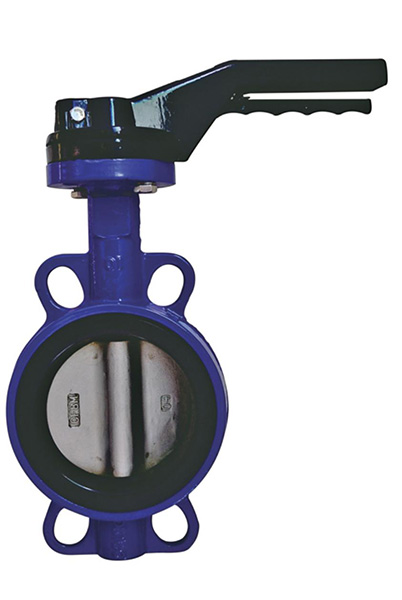Nën . 12, 2024 01:48 Back to list
dual plate check valve wafer type
Understanding Dual Plate Check Valves The Wafer Type
Dual plate check valves are pivotal components in various fluid transmission systems, ensuring a unidirectional flow while preventing backflow. Among the different configurations available, the wafer type stands out for its unique design and application versatility. This article delves into the features, benefits, applications, and considerations of dual plate check valves in the wafer configuration.
What is a Dual Plate Check Valve?
A dual plate check valve, often referred to as a dual disc check valve, comprises two primary components two hinged plates or discs and a valve body. The dual plates are designed to open and close in response to the flow of fluid, allowing forward flow while reacting quickly to reverse flow conditions. When the flow exceeds a particular threshold, the plates swing open, permitting liquid to pass through. Conversely, when the flow diminishes or reverses, the plates close, thereby preventing backflow.
Wafer Type Configuration
The wafer type check valve is characterized by its thin, compact design that fits between two flanges of a piping system without requiring additional support structures. This contrasts with traditional flanged check valves, which may take up more space and require more robust installation techniques. The wafer type's slim profile makes it especially suitable for applications where space is a premium, such as in tight piping systems or specialized installations.
Key Advantages of Wafer Type Dual Plate Check Valves
1. Space Efficiency As previously mentioned, the wafer type design significantly reduces the overall footprint of the installation, making it ideal for confined spaces.
2. Weight Reduction The lightweight nature of wafer style check valves facilitates easier handling and installation. Less material also results in lower shipping costs and quicker assembly on site.
3. High Performance The dual disc mechanism provides rapid closure and minimal pressure drop, enhancing system efficiency. This quick action helps mitigate the risks of water hammer—a phenomenon that can damage pipes and cause system failures.
4. Versatile Material Options Wafer type dual plate check valves can be constructed from a variety of materials, including cast iron, stainless steel, and PVC, allowing for customization based on the fluid characteristics (e.g., corrosiveness, temperature) involved in the application.
dual plate check valve wafer type

5. Cost-Effectiveness The simpler design and quicker installation lead to reduced labor and cost implications over time. The long service life of these valves also contributes to overall savings.
Applications
Dual plate wafer type check valves are widely used across industries due to their reliability and effectiveness. Common applications include
- Water and Wastewater Treatment They are used in sewage systems and water supply networks to maintain healthy fluid movement and prevent backflow contamination.
- Power Generation In steam and hydraulic systems, these valves help manage fluid dynamics efficiently.
- Chemical Processing Their robust material options make them suitable for handling various corrosive chemicals safely.
- Fire Protection Systems Ensuring that water flows in a singular direction is crucial in firefighting systems, making these valves essential components.
Considerations in Selection and Installation
When selecting a dual plate wafer type check valve, factors such as the pressure rating, size, material compatibility, and flow direction must be considered. Proper installation is vital for optimal performance; care should be taken to ensure that the valves are oriented correctly within the system to function as intended. Additionally, regular maintenance and inspection should be part of the operational protocol to identify any potential issues before they lead to significant downtime or expensive repairs.
Conclusion
Dual plate check valves, especially in the wafer type configuration, offer numerous advantages for various applications. Their compact design, lightweight structure, and efficient operation make them a popular choice across industries. By understanding their features and implementing them correctly, engineers can ensure that their piping systems operate efficiently and safely, safeguarding their investment and maintaining fluid integrity.
Share
-
Reliable Wafer Type Butterfly Valves for Every IndustryNewsJul.25,2025
-
Reliable Flow Control Begins with the Right Ball Check ValveNewsJul.25,2025
-
Precision Flow Control Starts with Quality ValvesNewsJul.25,2025
-
Industrial Flow Control ReliabilityNewsJul.25,2025
-
Engineered for Efficiency Gate Valves That Power Industrial PerformanceNewsJul.25,2025
-
Empowering Infrastructure Through Quality ManufacturingNewsJul.25,2025